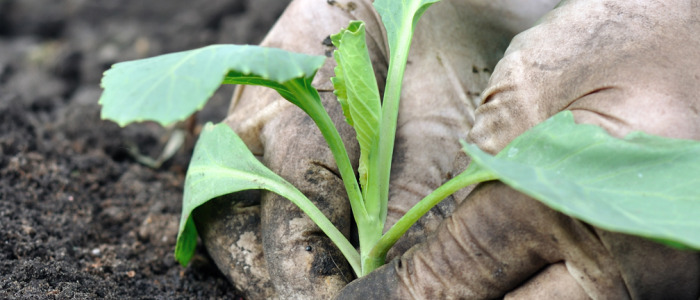Top 3 Mid-Summer Garden Activities
Midsummer is a beautiful time of the growing season. The primary activity to care for your garden will be assuring a plentiful supply of water for your plants. The golden rule of summer watering is to water thoroughly and deeply each time and to allow the soil dry out between waterings. Deep watering will allow the plant’s roots to grow deeper, where they are less likely to dry out, as well as help anchor the plant into the ground better.
There are a few other key activities to be doing in your gardens during July as well.
- Deadheading
Continue to dead head (remove dead flowers) your annual plants to encourage continued blooming. The number one mission of any plant is to create seed to re-produce itself. As soon as the flowers have gone to seed the plant will slow down drastically or even die feeling like its mission is accomplished. Removing the spent blooms will signal to the plant to send more energy to produce blooms. Deadheading will keep the plant in constant production mode.
As deadheading redirects the plant’s energy from producing seed, to putting on new growth above and below ground the results will often be the emergence of new shoots from two or more buds rather than the previous one. This creates a bushier, stronger plant.
Allowing the flowers to go to seed will of course, lead to spreading of the seeds. While you may love your plant, your fellow community gardeners may not want it in their garden. You may wish to harvest the seeds to keep for next year or at home rather than have them dispersed throughout the community garden.
If your annuals have died off, pull them out and add them to the compost pile. Replant that spot with hardy annuals or perennials to last into the Fall.
- Thinning
A crowded garden is actually less productive. All food crops do best with plenty of sunlight and air circulation, a crowded garden, denies all plants, especially the smaller underplanted crops from getting the resources they need to stay productive.
If your garden is overly crowded, now is the time to get ruthless. Cut away the spent foliage on all plants, or pull out and eliminate the plants that are in decline, especially if their productive days are over. Weaker plants are more susceptible to diseases, which can spread to other plants or overwinter in your garden, only to show up next season. By removing them at the first signs, you reduce the chances of that happening.
Thinning your veggies like carrots, radishes, lettuce and other greens is extremely important for the health of your plants. Do it when the greens are about 4″ tall and thin until they’re about 1.5 – 2 cms apart. You may need to do it again in about a month. There will need to be enough space between the plants to allow the plant or root to mature. Thinning also gives you the opportunity to hill around the carrots and radishes to prevent discolouration or ‘green shoulders’. Thinning of greens such as lettuce allows for air circulation around the leaves and this will prevent mildews and other fungal diseases.
- Fertilizing
- Fertilize June bearing strawberries after the harvest, and ever-bearing varieties half way through the season.
- Succession planting of salad crops for continued harvesting throughout the summer. Sow seeds for cool-season crops directly into the garden by mid-July.
- Get a second bloom from faded annuals by cutting them back by one half their height, then fertilize them with a liquid 5-10-10 fertilizer.
- Fertilize container gardens regularly with a liquid all purpose plant food.
And of course, begin enjoying the harvest of your homegrown edibles and the beauty of your flowers!




Comments are closed.